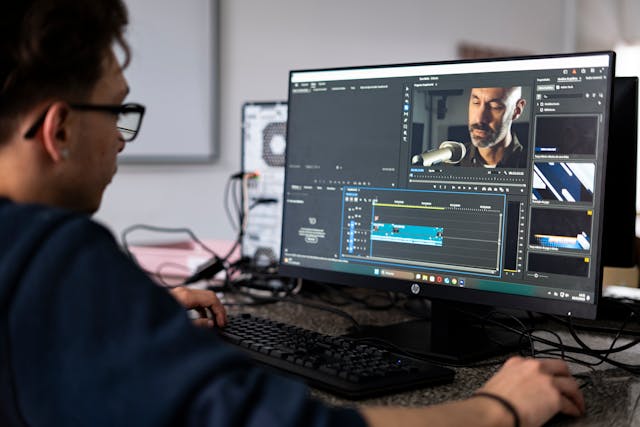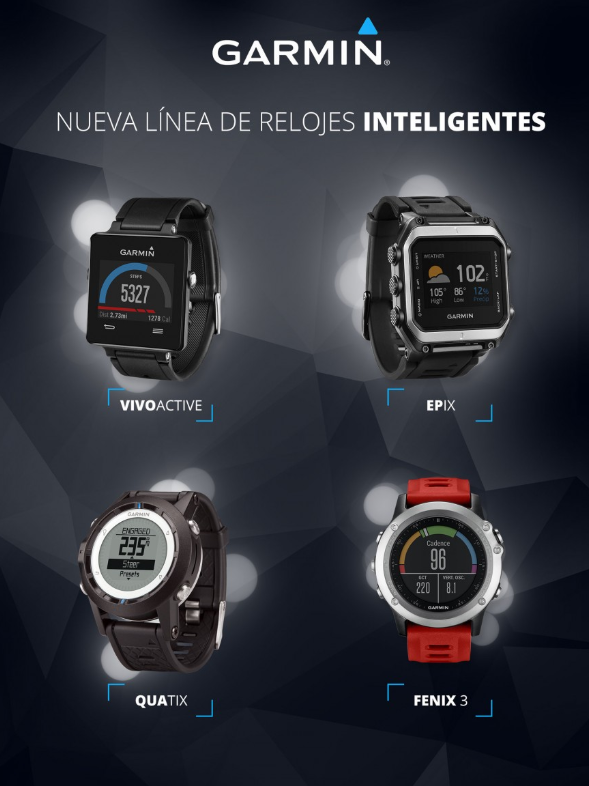The Impact of Edge Computing on YouTube’s Global View Distribution

When someone presses play on a YouTube video, it feels instant. But behind that seamless playback is a massive digital choreography. Traditionally, YouTube relied on centralized data centers, which meant longer load times, especially in remote regions. Enter edge computing—a game-changer that’s quietly rewiring how global viewers access content. By placing servers closer to viewers, edge computing shrinks the gap between data and destination. Suddenly, geography doesn’t decide whether a video lags or loads. If you want to buy YT video views, you should continue reading.
Speed Makes the Difference, Literally
Imagine being in a rural town with sluggish internet. Watching YouTube there used to mean endless buffering and low-quality playback. Now, with edge servers peppered across regions, videos load faster and more consistently. The delay between clicking and streaming has all but vanished. This isn’t just about entertainment—it’s about access. Whether you’re in Tokyo or Timbuktu, the viewing experience feels nearly identical.
Smarter Distribution, Better Engagement
Edge computing doesn’t just speed things up—it changes how YouTube distributes videos. The platform now predicts which videos might trend in certain areas and pre-positions them on edge servers nearby. This minimizes congestion and shortens delivery time. That means viewers spend less time waiting and more time watching, liking, and sharing. For creators, this translates to higher retention and stronger audience connection. It’s the tech version of knowing your neighbor’s favorite snack and always having it ready.

Localized Servers, Global Opportunities
Before edge computing, viewers far from major data centers were often stuck with low-res videos or dreaded error messages. Today, edge nodes act like neighborhood cafés that serve content fresh and hot. This shift helps YouTube tap into new audiences in regions previously underserved. The result? More content creators get discovered, and more viewers join the party. It’s a win-win that turns passive regions into active communities. Big reach doesn’t need big cities anymore.
Data Is the New Oxygen—And It Moves Faster Now
 Edge computing also impacts analytics, not just delivery. Because data is processed closer to the viewer, insights about what people are watching can be gathered almost instantly. YouTube uses this to fine-tune recommendations and optimize traffic routing in real time. The platform becomes more responsive, and content becomes more relevant. It’s like YouTube is reading the room faster than ever. For advertisers and creators alike, this speed is money.
Edge computing also impacts analytics, not just delivery. Because data is processed closer to the viewer, insights about what people are watching can be gathered almost instantly. YouTube uses this to fine-tune recommendations and optimize traffic routing in real time. The platform becomes more responsive, and content becomes more relevant. It’s like YouTube is reading the room faster than ever. For advertisers and creators alike, this speed is money.
Edge computing has flipped the script on global content delivery. It has made watching YouTube less about where you are and more about what you want to see. Videos no longer crawl across continents—they sprint. For viewers, this means better access. For creators, it’s an open door to new audiences. And for YouTube? It’s a technological leap that’s quietly reshaping the viewing experience, one local server at a time. We hope that you have found this blog post helpful.


